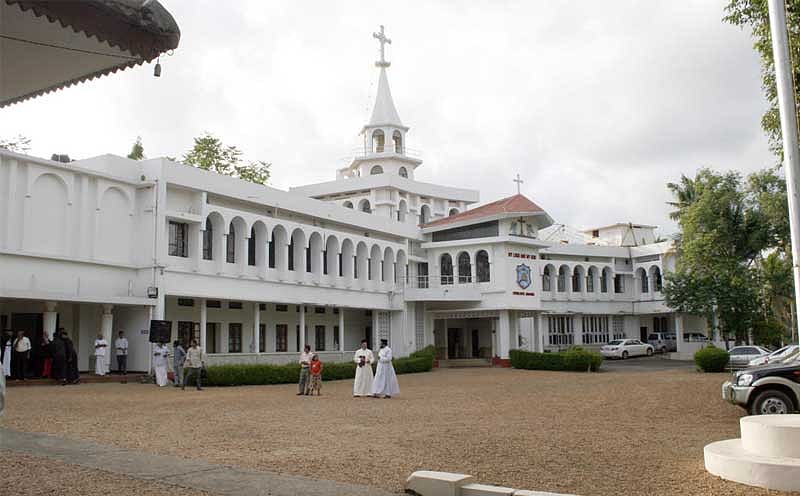
The Malankara Orthodox Syrian Church (MOSC) or the Orthodox Church of India, traces its origins to St Thomas, one of the 12 apostles. St Thomas is believed to have visited India in AD 52 and evangelised Hindus and others in Kerala where he established seven parishes.
The MOSC calls itself an indigenous Church, “deeply rooted in Indian soil” and eastern in its ethos and worship. The Church which has a history of close ties with the East Syrian Church came into contact with Roman Catholicism in the 16th Century, through the Portuguese.
In 1599, the Synod of Diamper — in Udayamperoor in Ernakulam district — formalised the St Thomas Christians’ merger with Roman Catholicism. In 1653, through the Coonan Cross Oath, the St Thomas Christians opposed their “enforced subjection” to Roman Catholicism and decided to return to their oriental roots. The revolt led to the formation of the Malankara Church, with the Patriarch of Antioch as its head. In 1912, the Church witnessed a split with people backing the Patriarch of Antioch (later called Jacobite Syrians) and those who opposed his authority (the Orthodox faction) going their separate ways. It was named Malankara Orthodox Syrian Church after a church constitution was formed, in 1934. The Kottayam-headquartered Church with 30 dioceses is headed by Catholicos Baselios Mar Thoma Paulose II.
The Orthodox and Jacobite factions have fought a long, bitter dispute for control of parishes under the Malankara Church. In July 2017, the Orthodox faction took control of the parishes following a Supreme Court order.
The conflict has been marked by a series of agitations and legal battles and continues in the form of protest rallies and clashes. Interestingly, one of the priests accused in the sexual abuse case, Fr Johnson V Mathew, had said, before his arrest, that he was a “victim” of the Orthodox-Jacobite feud.
In his 2016 study ‘Religious Denominations of Kerala’, K C Zachariah of the Centre for Development Studies identifies Orthodox Syrians as first in educational levels and second in remittances per household.
According to the Kerala religion census of 2011, Christians constitute 18.28% of the state’s population, placed third behind Hindus (54.73%) and Muslims (26.56%). Of the 6.141 million Christians in the state in 2011, 3.744 million are Catholics (61% of the Christian population) and 977,000 are Jacobite/Orthodox Syrians (15.9%).
The Orthodox Syrian community has about 4.94 lakh members in Kerala and the Jacobite Syrian community has 4.83 lakh members. In terms of numbers among Christian denominations in the state, the Orthodox Syrians are placed third behind the Syro-Malabar Catholics (about 2.3 million) and the Latin Catholics (about 9.33 lakh). The community’s major presence is in the districts of Pathanamthitta, Kozhikode and Ernakulam.
Also read: Rape in the Syrian Church,